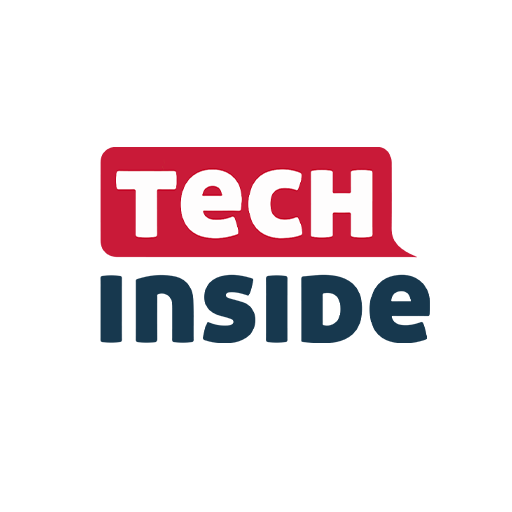As technology advances, virtual reality (VR) and augmented reality (AR) are emerging as powerful tools in education and training. These cutting-edge technologies have the potential to revolutionize how we learn. But it’s equally important to address the challenges and limitations they may present.
Augmented reality in education
VR immerses users in fully realized digital environments, while AR overlays digital information onto the physical world. Both technologies are increasingly being utilized to create interactive and engaging educational experiences across various fields, such as medical training, military preparation, and technical education.
For instance, medical students can use VR to perform simulated surgeries before working on actual patients. Similarly, military personnel can train for combat scenarios or emergency responses in virtual environments. In technical fields, VR provides safe and controlled settings for hands-on training with complex machinery, such as aircraft engines.
Moreover, VR and AR serve as valuable tools for remote learning, offering students access to experiences they might not otherwise have, such as virtual field trips, lab experiments, or cultural exploration in foreign countries. This capability has proven especially critical during periods of lockdowns or quarantine, offering an alternative to face-to-face learning.
However, the adoption of VR and AR in education comes with challenges. High costs can make these technologies inaccessible to some schools and institutions. Additionally, many educators lack the training needed to effectively integrate VR and AR into their curriculums.
Another issue is the risk of these technologies being treated as supplementary rather than fundamental instructional tools, which can limit their full potential. Institutions must be open to adapting their teaching methods to maximize the benefits of VR and AR.
In conclusion, VR and AR have the power to revolutionize education by providing immersive and interactive learning experiences. While their potential is vast, addressing challenges such as cost, training, and integration is essential to unlocking their full impact on modern education.













